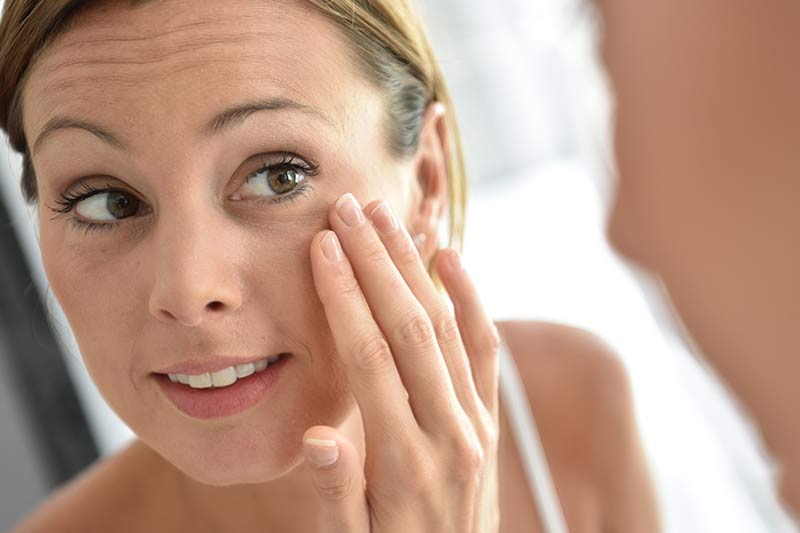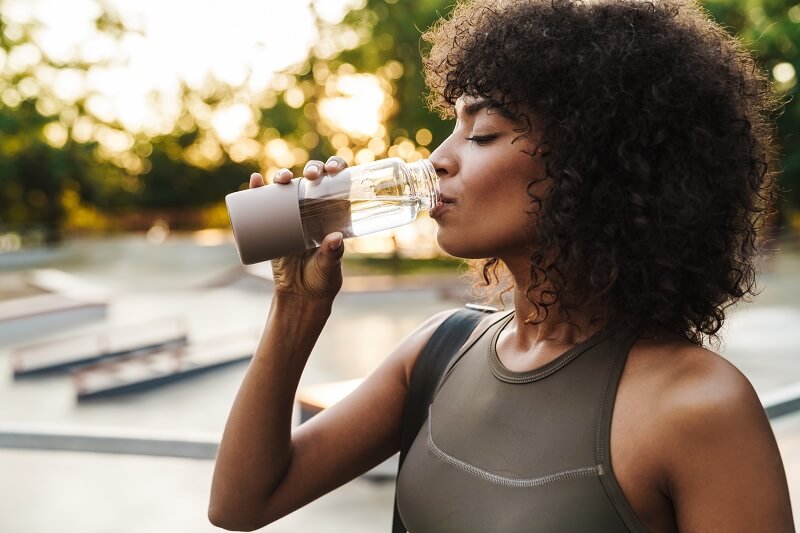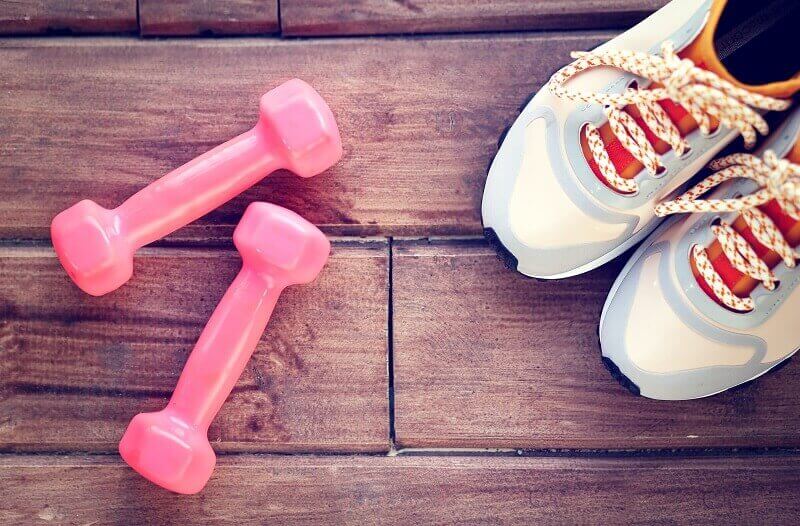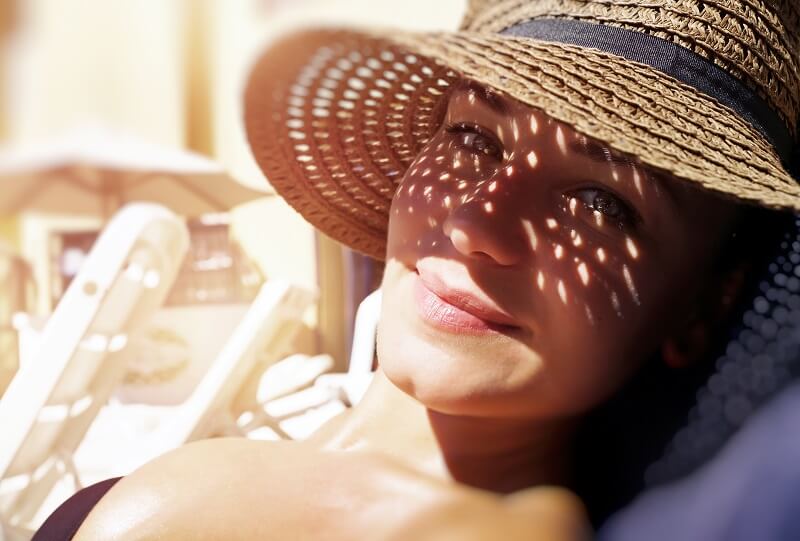The cosmetics industry offers many solutions to maintaining a youthful look. One of them is Botox, the go-to procedure for dynamic wrinkles such as crow’s feet and forehead wrinkles.
Botox results largely depend on the medical provider’s expertise. However, how you prepare for Botox and what you do after the treatment also affects the outcome of the treatment. The treatment provider should inform you about the preparation and aftercare process. Those who stick to aftercare guidelines reduce the chance of Botox side effects and ensure optimal results.
This article lists the most important Botox aftercare tips and explains why patients need to follow them.

Botox Aftercare: 12 Dos and Don’ts
Botox doesn’t require any downtime. Patients can go home or return to work right after the procedure. However, they need to abstain from some types of activities and follow a few more to achieve the desired, no-wrinkle effect.
Botox Aftercare Dos
The following is a list of things Botox providers encourage their patients to do after the treatment. These activities help patients overcome potential discomfort and may increase the longevity of results.
Apply Ice Packs
Bruising and swelling are the two most reported side effects after cosmetic Botox. They typically develop when the injection needle hits a blood vessel and the blood leaks into the surrounding tissue. Applying ice packs and cold compresses several times a day for 10-15 minutes helps slow the blood flow to the injured area, alleviate swelling and bruising, and reduce their duration.
Note: Read our detailed blog post on how to prevent and mitigate Botox bruising.
Drink Plenty of Water

Medical providers advise Botox patients to drink a lot of water for at least 24 hours. The procedure can dehydrate the body, minimize the treatment’s effects, and cause a headache, so it is important to sip water throughout the day.
Take a Pain-Relieving Medication
If you feel pain or discomfort in the treated area, take Tylenol. Avoid ibuprofen because it acts as a blood-thinner, increasing the chance of bruising and swelling.
Take Anti-Bruising Supplements
Some doctors recommend taking anti-bruising supplements after the procedure. The following supplements may prevent bruising and swelling, but only use them if your doctor advises it:
- Vitamin C
- Vitamin K
- Arnica
- Bromelain
Eating foods rich in antioxidants (e.g., berries, pineapple, kale, spinach, etc.) can also help reduce bruising.
Note: Find out what are the benefits of antioxidants in skin care.
Botox Aftercare Don’ts
The following is a list of thigs to abstain from after Botox. It is crucial to follow these tips as they help prevent the neurotoxin from migrating from the injection site to other areas and causing unwanted effects, such as droopy eyelids and asymmetrical results.
Don’t Apply Pressure to the Treated Area
Don’t rub, press, scratch, or pinch the treated area for 24 hours. Use gentle motions if you need to wash your face after Botox or touch it for other reasons. Pressure on the injection site can cause the neurotoxin to migrate to other areas.
Don’t Bend or Lie Down (4 Hours)
Botox providers advise patients to not lie down for at least 4 hours after the treatment. If you want to lie down after your Botox treatment, keeping the head above the heart prevents blood pooling and decreases the chances of bruising and possible spread to muscles that weren’t intended to be injected.
Note: Learn more about what can happen if you bend down after Botox.
Refrain from Exercise (24 Hours)

Vigorous exercise after Botox such as running, swimming, cycling, and strength training increases the heart rate and blood flow. This can cause the blood to pool and increase the chance of bruising, swelling, and other side effects.
Avoid Alcohol and Nicotine (24 hours)
Alcohol and nicotine cause fluid retention and dehydration, potentially exacerbating Botox side effects, such as swelling, headaches, and dizziness. Alcohol is also a blood-thinner and nicotine may impair blood clotting, increasing the chance of bruising. Though they don’t pose any serious health threat if used after the treatment, they may impede the desired results.
Note: Find out when can you drink alcohol after Botox, and what else happens if you do.
Limit Sugar and Salt (24 hours)
Excess sugar and salt can cause water retention, increasing the chance of swelling at the injection site. Avoid sugary and salty snacks at least 24 hours after Botox. Consume hydrating and antioxidant-rich fruits and vegetables to optimize the treatment’s effects.
Avoid Sun and Heat Exposure (Several Days)

Avoid direct sunlight, hot baths, hot water, saunas, steam showers, and other sources of heat for several days. UV radiation damages the skin, weakening the effects of the treatment, while heat increases blood flow, raising the risk of swelling and bruising. When leaving the house, protect the skin from direct sun exposure by using a sunscreen and protective clothing.
Note: Learn more about what is sunscreen and why you should use it all year round.
Don’t Do Other Facial Treatments (2 Weeks)
Don’t schedule facial treatments such as chemical peels, massages, dermal fillers, and laser treatment for two weeks. Botox needs time to settle and provide the desired results.
Avoid Makeup (12 Hours)
Avoid applying makeup for at least 12 hours after the treatment to prevent spreading the neurotoxin to other areas. Also, makeup may contain harsh ingredients that can irritate the skin post-treatment and disrupt the healing process. If you must use it, opt for a mineral makeup that is gentle on the skin and apply it by dabbing and using a light touch.
When Should You See a Doctor?
Botox side effects are usually mild and disappear within one week. If you experience severe symptoms, such as difficulty breathing and swallowing, muscle weakness, prolonged headache and/or vision problems, contact your doctor immediately.
Conclusion
Botox is a widely popular wrinkle-reducing treatment. It uses a unique cosmetic approach to deliver unmatched results. If you are ready for your first or your next Botox treatment, review our aftercare guidelines and adhere to them to maximize the outcome.


